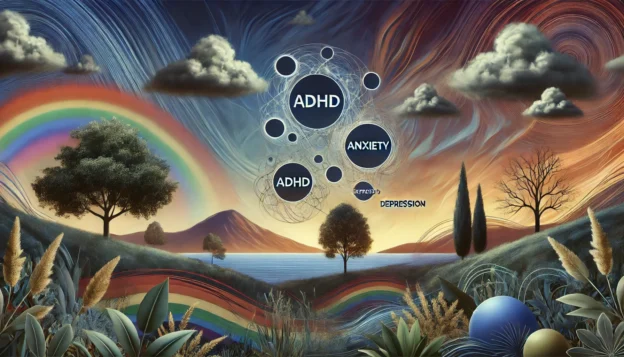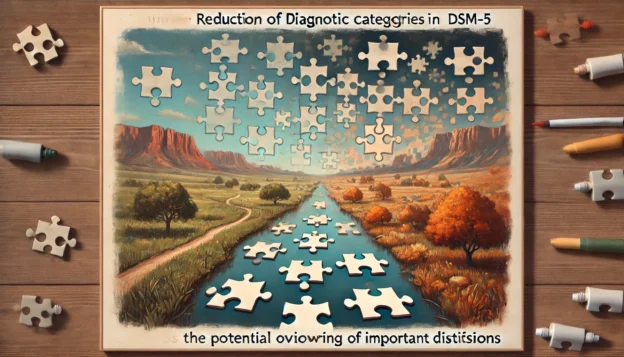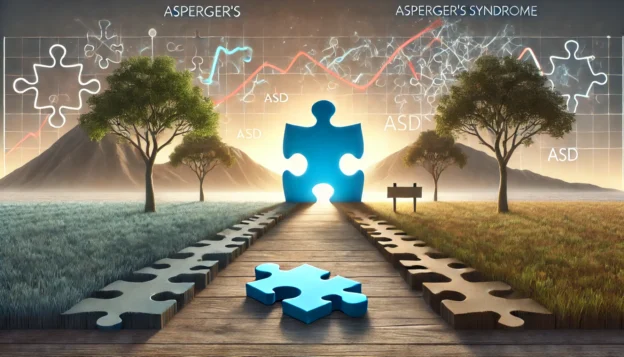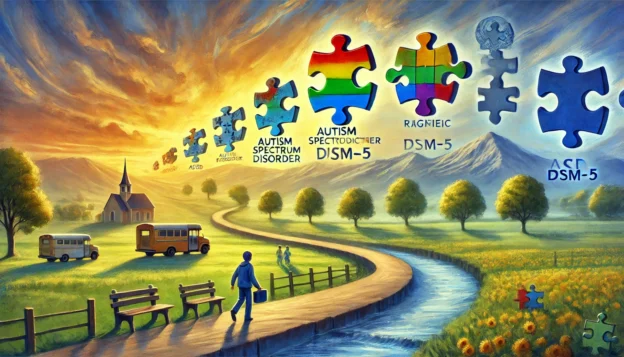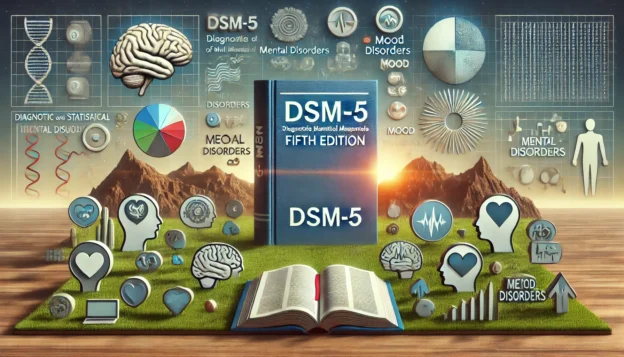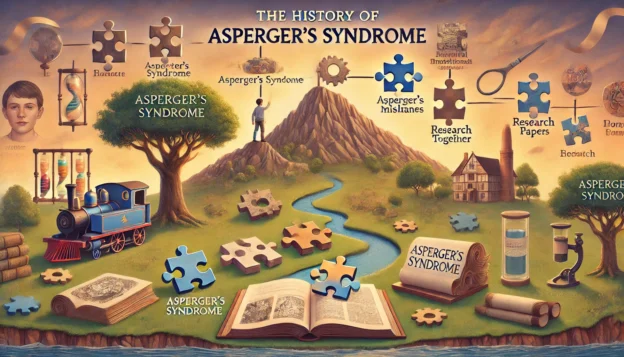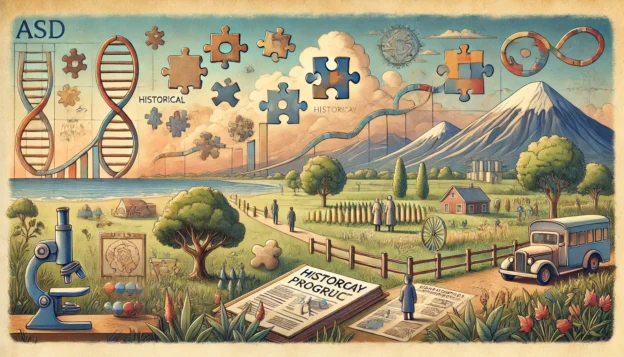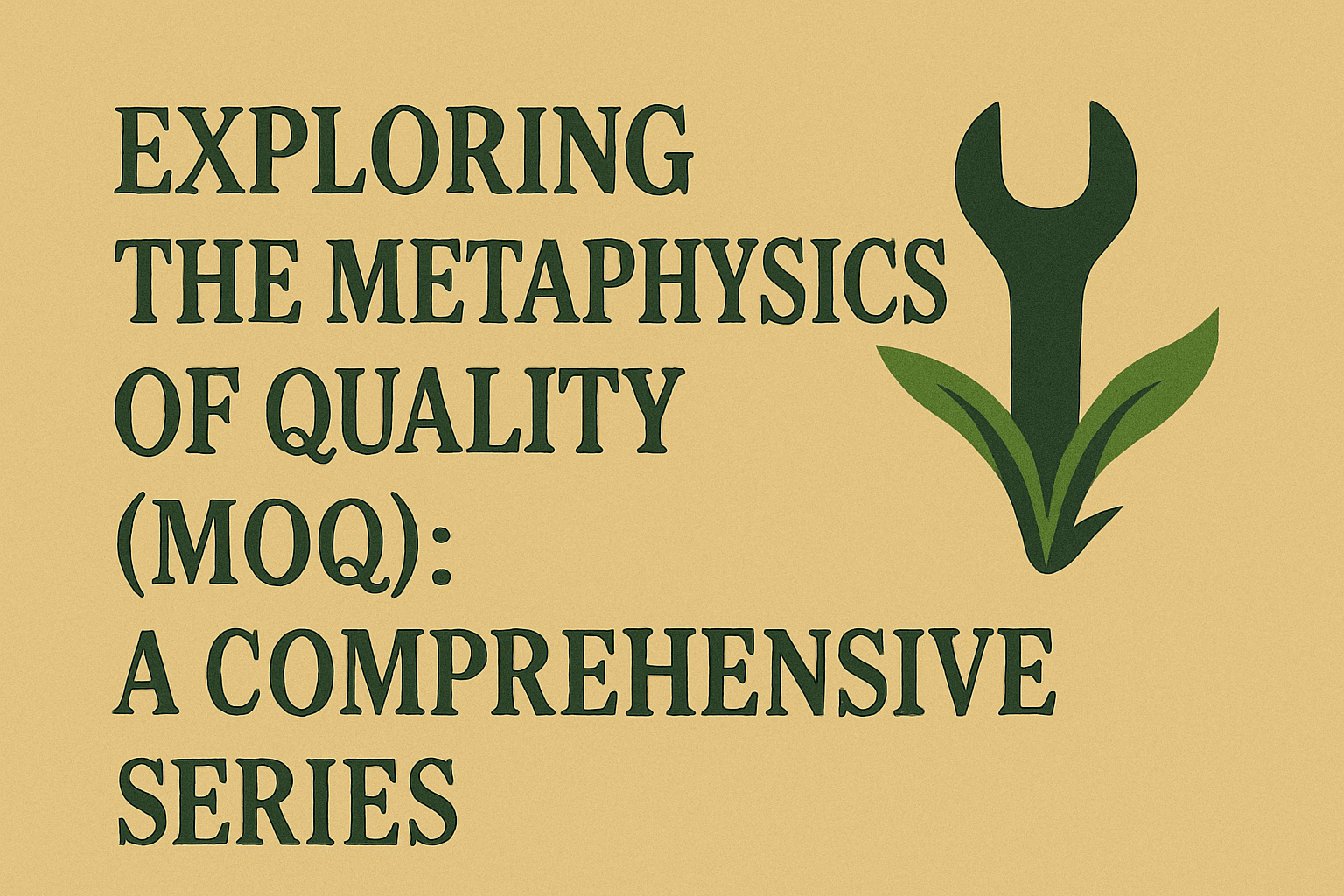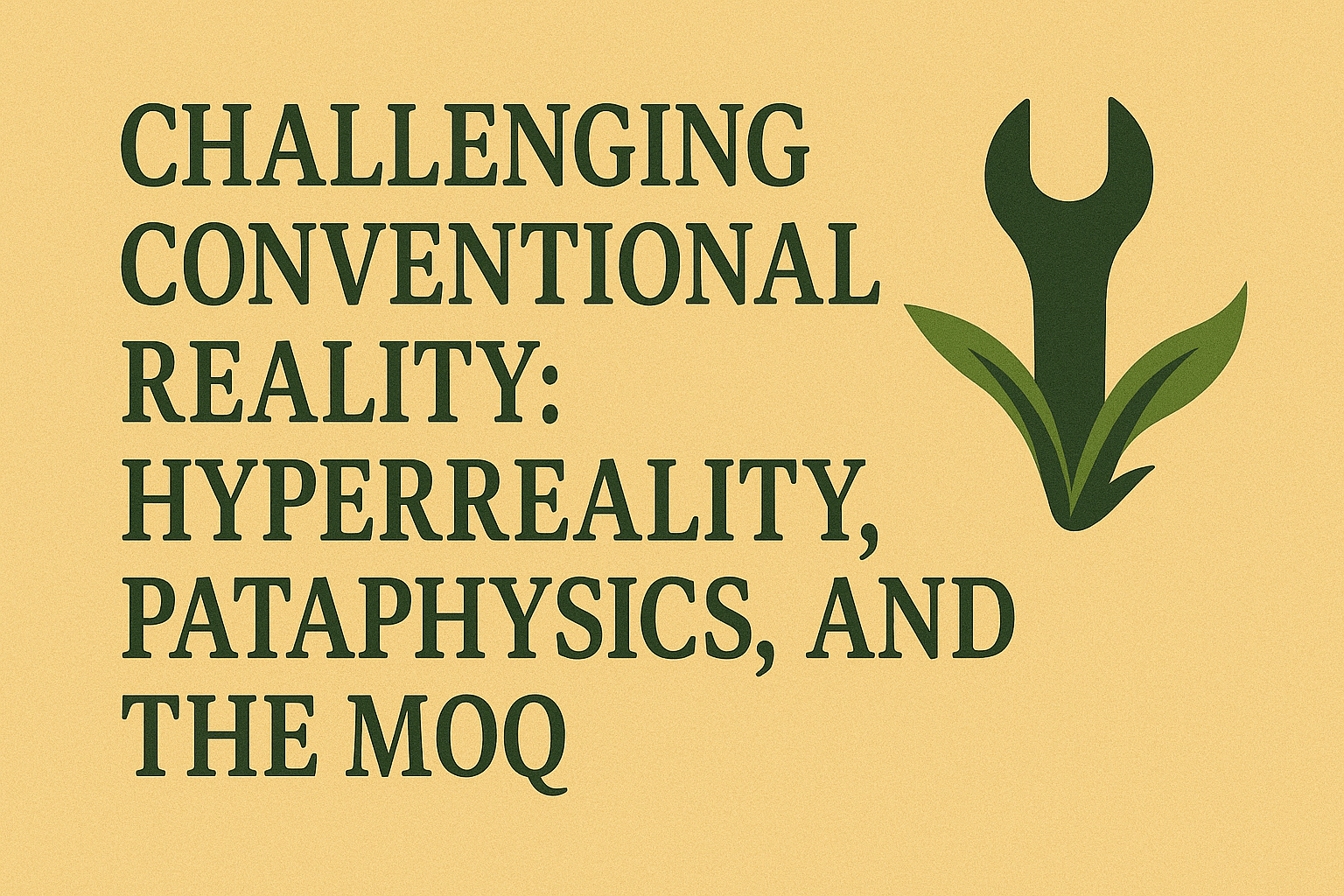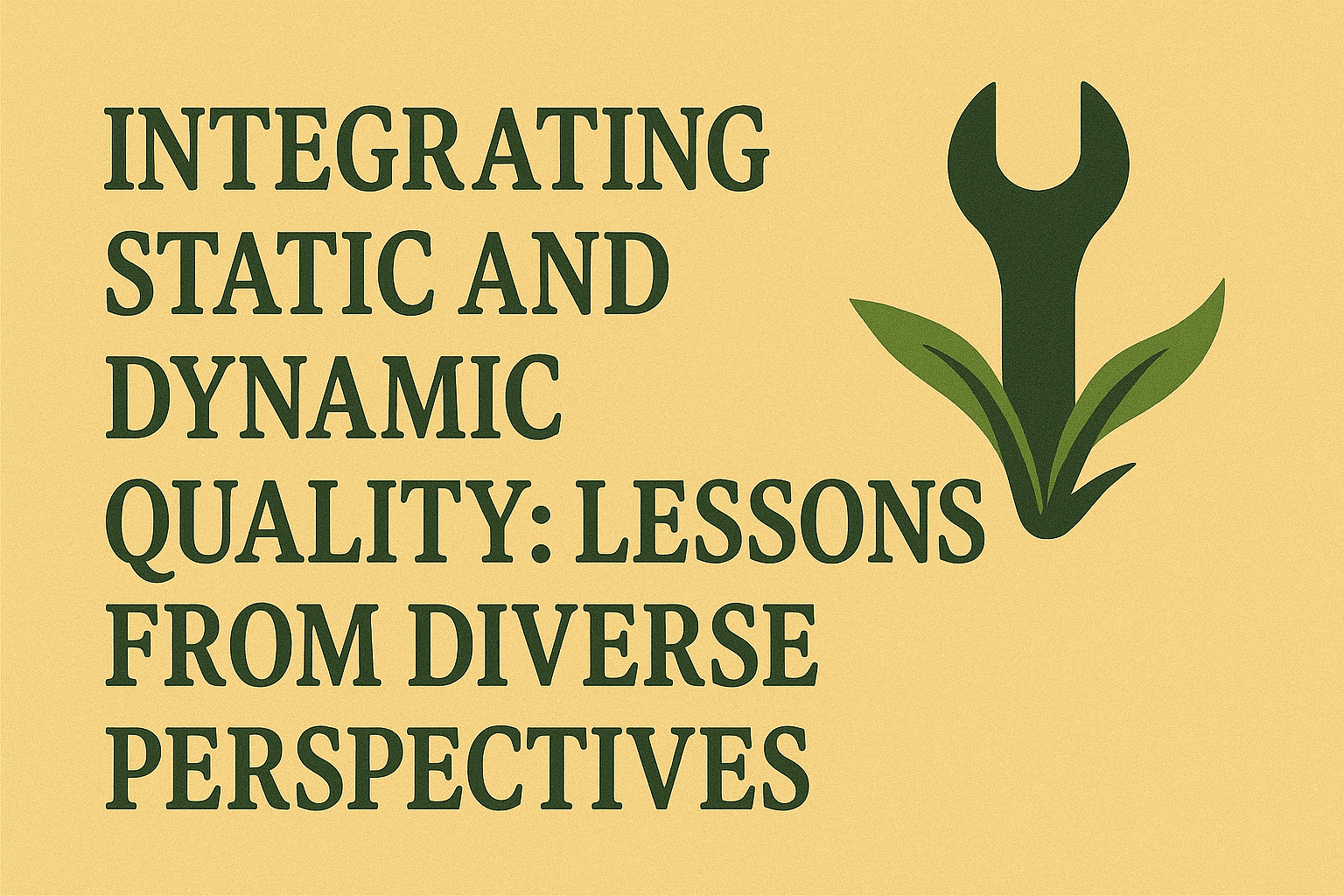This article explores key educational concepts for supporting autistic students, including inclusive education, strength-based approaches, and assistive technology. Inclusive education integrates all students into mainstream classrooms, promoting diversity and equal opportunities, as highlighted by the Salamanca Statement in 1994 (MDPI, 2023). Strength-based approaches focus on leveraging students’ strengths and interests to enhance learning and engagement (Education Hub, 2023). Assistive technology provides tools like text-to-speech and robotics to support individualized learning needs (SpringerLink, 2021; Emerald Insight, 2021). The article discusses how these methods intersect to create comprehensive educational strategies while noting potential divergences. The author advocates for combining these approaches to create supportive and effective learning environments for all students.
Continue reading

